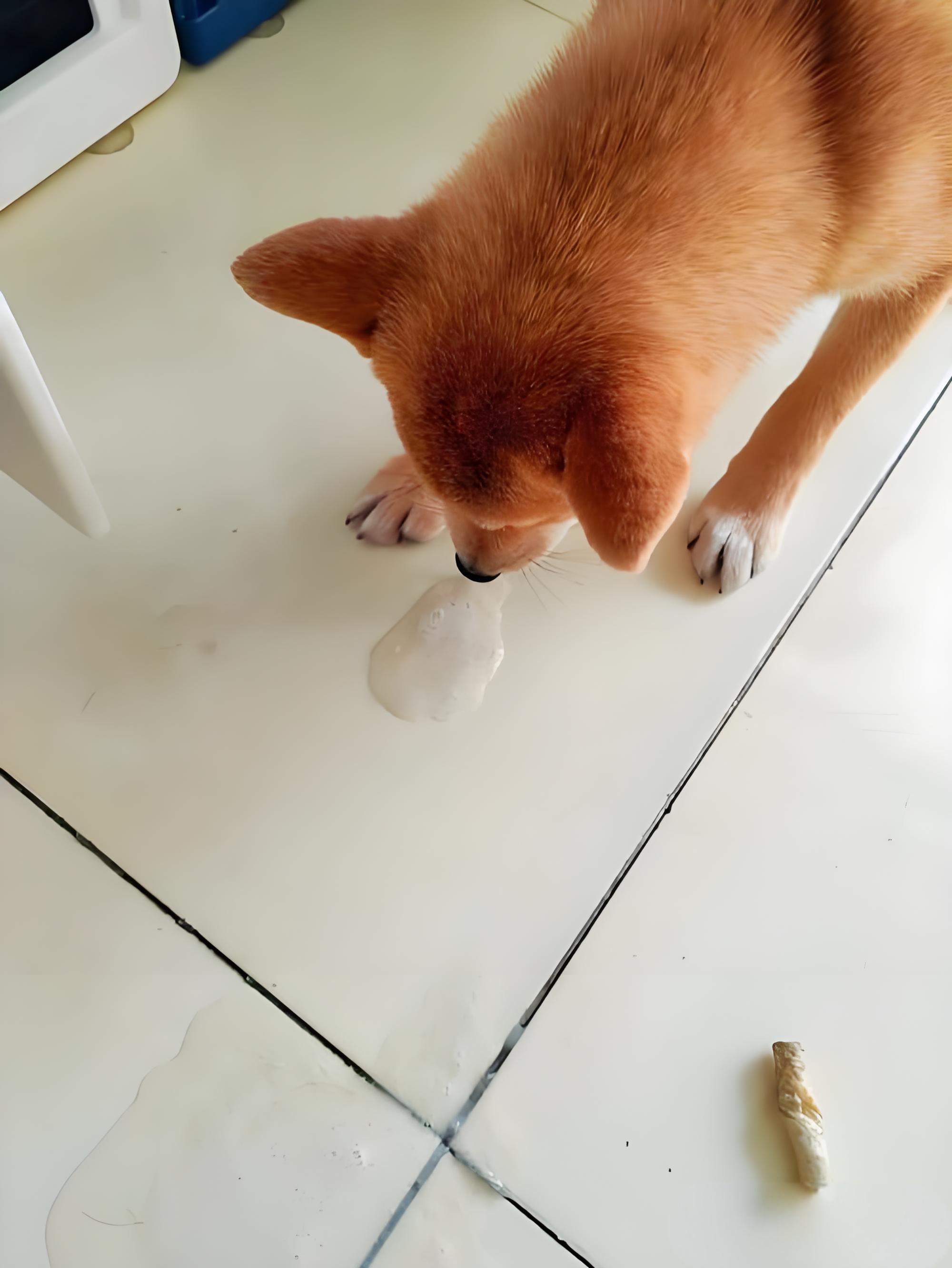The canine stomach is a sac-like structure designed for storing large quantities of food and initiating digestion. Most ingested food exits the stomach within twelve hours of consumption. The esophagus delivers food to the stomach via the cardiac sphincter, a valvular structure.
Gastric Anatomy and Function:
The stomach's interior features gastric folds (rugae) that mechanically grind food during digestion.
The gastric lining secretes acids and enzymes (pH 1-2) to initiate protein breakdown.
Partially digested food (chyme) passes through the pyloric sphincter into the duodenum.
Like humans, dogs can develop gastritis from viral/bacterial infections or irritants. Gastritis Classification:
Gastritis Classification:
Acute gastritis (more common in dogs):
Causes: Overeating, spoiled food, foreign objects, irritant medications.
Secondary triggers: Infectious diseases (e.g., canine parvovirus), parasites.
Chronic gastritis:
Prolonged mucosal irritation, anemia, gastric acid deficiency, or malnutrition. Clinical Signs:
Clinical Signs:
Vomiting, anorexia, lethargy, and fever.
Potential progression to diarrhea if pathogens spread to intestines.
Canine parvovirus may initially present as gastritis.
Risk Assessment:
Most cases are self-limiting.
Veterinary intervention required if:
Persistent vomiting >24 hours
Severe clinical signs develop.
Categories: pets
